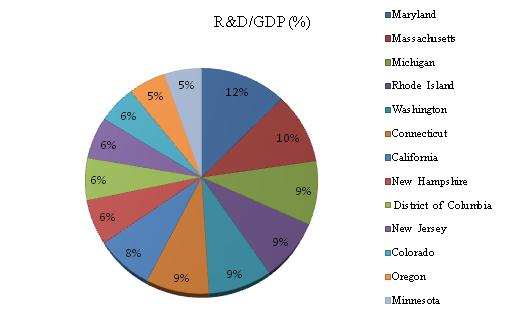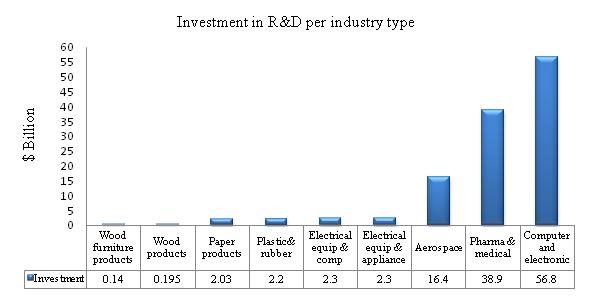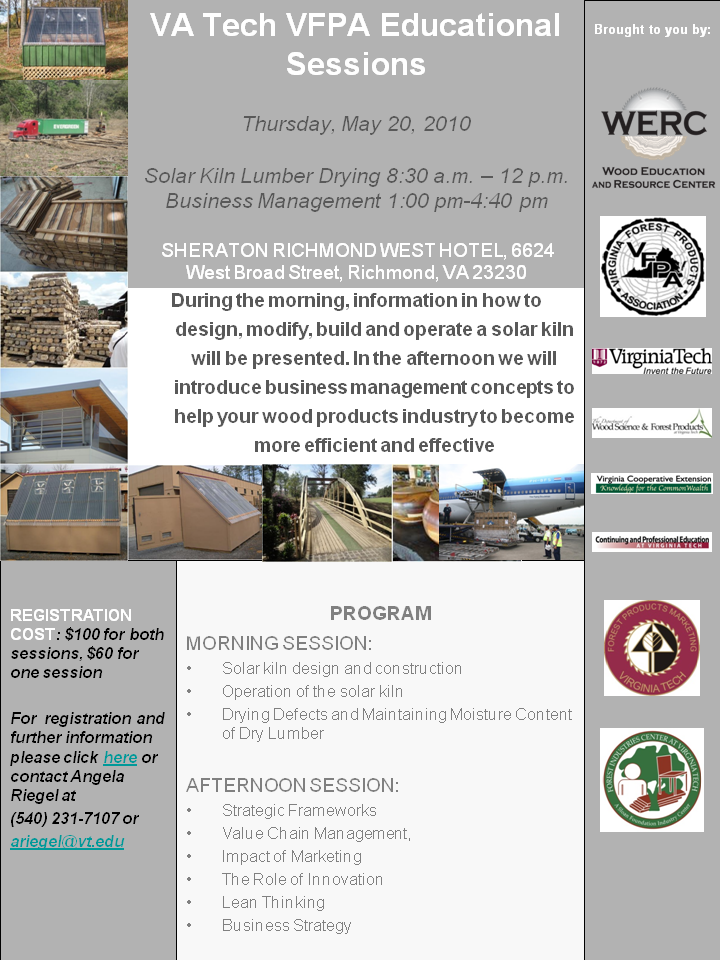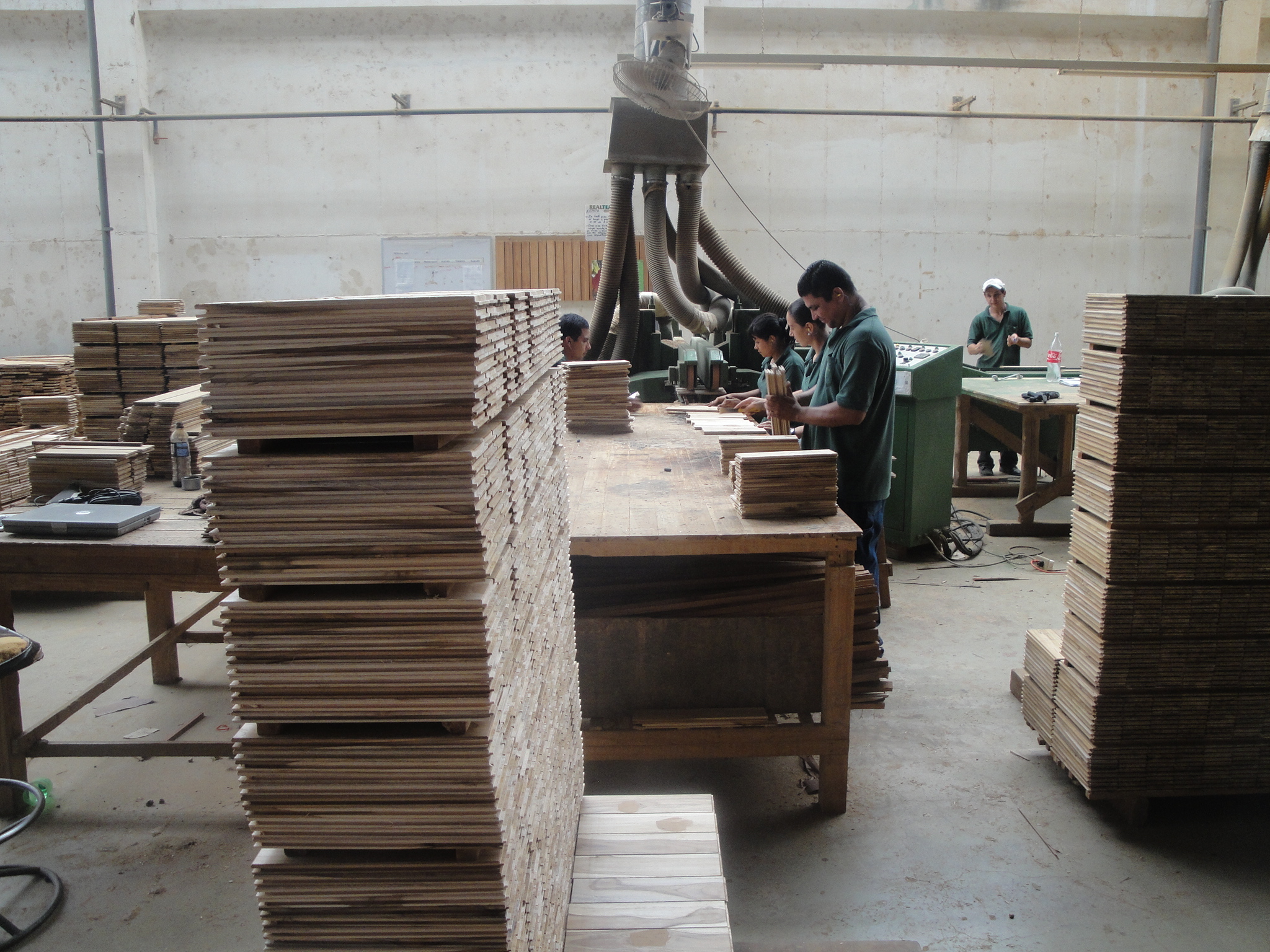THIS WORKSHOP HAS BEEN CANCELED
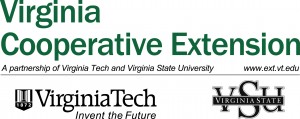
Workshop Description:
Supply Chain Management (SCM) has been critical to ensure that manufacturing companies deliver their products at the right time and location. A supply chain of operations can be divided into three sections: suppliers, internal operations, and distribution section. The first section of the supply chain oversees all activities related to the procurement of the raw materials with special emphasis on supplier development, supplier relationships, and supplier reliability. The middle part of the supply chain focuses on the transformation of raw materials into added-value products. Internal operations such as inventory stocking and material handling are carefully designed and planned in this section. The last section of the supply chain concentrates on the distribution of those goods to the firm’s customers. The goal of the last section is to make sure the firm’s goods are delivered on time, at the right price and without any mechanical damage. As expected, managing the whole supply chain of operations of any company is a critical task that consumes a great portion of the firm’s resources, therefore only by understanding the internal and external elements that affects the supply chain can a company compete in today’s market place.
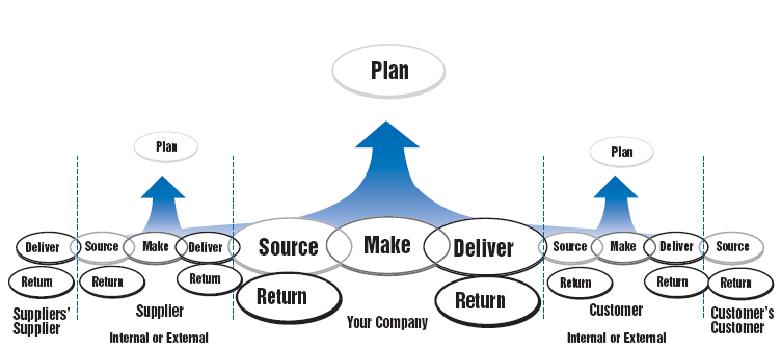
Workshop outline (subject to change)
- Supply Chain Management: Trends and Challenges, Jaime Camelio, Assistant Professor at the Department of Industrial Systems Engineering, Virginia Tech
- Third Party Logistics and Global Transportation Issues. Harry Sink, Associate Professor of Supply Chain Management, North Carolina A & T State University
- Lean Supply Chain: Best Practices. Earl Kline, Professor at the Department of Wood Science and Forest Products, Virginia Tech
- Supply Chain Management Technology. Henry Quesada, Assistant Professor at the Department of Wood Science and Forest Products, Virginia Tech
- SCM and the Wood Products Industry: A Case of Study. Omar Espinosa. Post Doctoral Researcher at the Department of Wood Science and Forest Products, Virginia Tech
- Supplier Development. Jaime Camelio.
- Final discussion
Workshop Objectives:
- Understand the basic concepts of Supply Chain Management, trends and challenges
- Learn about how third party logistic partners can help my company
- Discover how to apply Lean thinking tools to improve the supply chain
- Learn and understand how information technologies can help your firm to improve the performance of your supply chain
- Understand basic aspects to develop your suppliers
Who should attend:
- Process Engineers, Procurement Managers, Supplier Chain Managers, Purchasing Managers, Plant Engineers, Small and Medium Enterprise Managers.
- Anyone interested in learning the basics in Supply Chain Management.
Unique value of the workshop
- Workshop will give the trends and challenges to consider when developing high performance supply chains
- Best practices in how to combine lean thinking tools with supply chain management will be addressed
- Participants will be given examples and practical applications to better understand supply chain management concepts
Location, date and registration:
- Date: November 12, 2010
- Time: 9:00 a.m. to 2:00 p.m.
- Location: Institute for Advanced Learning and Research. Danville, VA
- Investment: $35. Includes coffee breaks and workshop materials.
- REGISTRATION: Click here. Also by phone at (540) 231-0978 or by email at quesada@vt.edu
Further information:
Please contact Dr. Henry Quesada at quesada@vt.edu or at (540) 231-0978 if you have any questions. Download a brouchure in a PDF format SCM brochure

